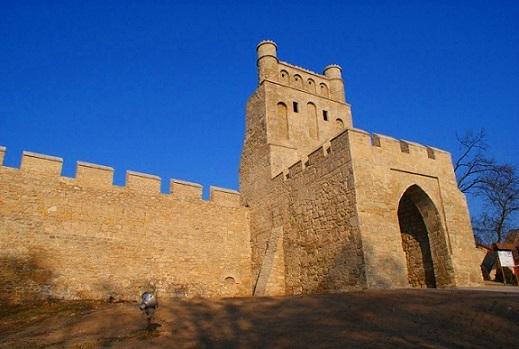Szydlow - Polish Carcassonne / Szydłów - Polskie Carcassonne My Fav Spot
Szydlow - Polish Carcassonne
Szydłów - Polskie Carcassonne

In the years 1329-1869 Szydlow has earned the name "Polish Carcassonne" thanks to the preserved to the present fourteenth-century urban planning arrangement containing the many elements such as architectural and spatial medieval city. The most important monuments of the town include: the ramparts, together with the Cracow Gate, the castle complex (Knight’s Hall, Skarbczyk, castle gate), parish church of St. Ladislaus, Church of All Saints, Synagogue. The first mention of Szydlow comes from 1,191 years. July 1, 1329, King Wladyslaw I the Short gave Szydlow legal sub-municipality. In the mid-fourteenth century, King Casimir the Great built here a fortified castle and the church of St. Ladislaus. The city was surrounded by defensive wall with three gates: Krakow, Opatowska and Wodna. From the fifteenth to the eighteenth century Szydlow was an important center of handicrafts. There was a large Jewish community. Until our times preserved building castle gates, treasury, which now houses a museum and the ruins of the castle walls proper of the Knights’ Hall adjacent to the universities in this place and thicker walls. The Knights’ Hall is full of remnants of the once great architectural design. There are visible remains of stone window borders and portals are visible on the wooden ceilings. You can see the remains of threads stone and brick walls. Every year in late August, in Szydlow is being held Plums Festival, a kind of fruit harvest. The event aims to promote fruit from nearby orchards. They presented more than a dozen varieties of plums. The big attraction is the demonstration of the ancient method of drying fruits mudslide on the so-called "sticks (pol. laski)".





castles and palaceschurches and holy placesruins and archeological sitestown squaresvillages and rural areasHoly Cross Province, PolandSzydlow, Holy Cross Province, Poland
